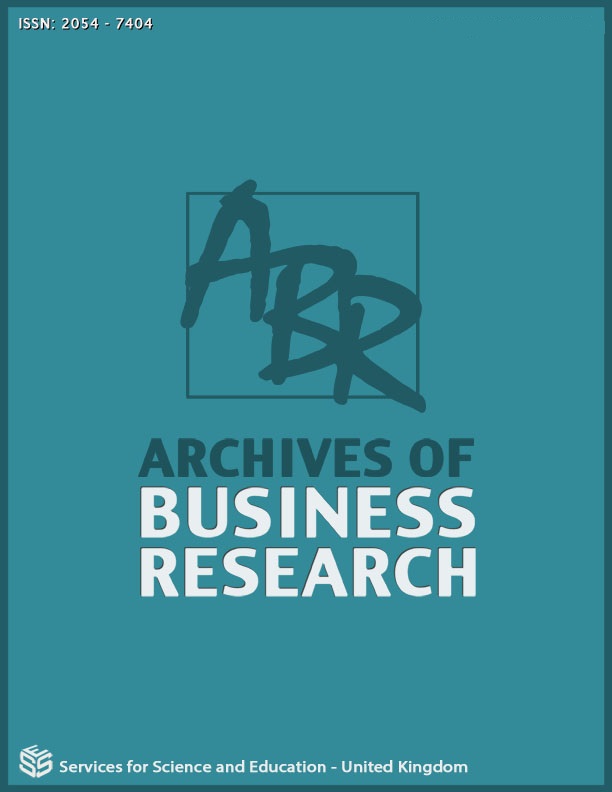Corporate Governance and Agency Problems During Pre-And Post-Indian Companies Act 2013 Regimes
DOI:
https://doi.org/10.14738/abr.94.10042Keywords:
CEO, Leverage, Corporate Governance, Stockholder, Ownership StructureAbstract
This research paper makes a comparative analysis of the effectiveness of governance mechanisms in mitigating the agency problems in the Indian corporate sector during the pre and post-Indian Companies Act 2013 periods, using the panel OLS regression methodology on a sample of 315 companies drawn from the BSE 500 index of the Bombay Stock Exchange (BSE) for 10 years spanning from 2008-2018. Based on the review of literature, this paper has utilized proxy Operating Ratio for measuring the agency cost as the dependent variable. It also has identified ten governance mechanisms as independent variables; board size, independent directors, CEO-chairperson separation, audit committee, stakeholders’ relationship committee, nomination and remuneration committee, promotors’ holdings, leverage, bank debt, and firm size. The descriptive statistics, Pearson’s correlation coefficients, and multivariate regression analysis have been performed for evaluating the effectiveness of the governance mechanism in mitigating agency problems. The descriptive statistics reveal that agency problems in Indian companies have drastically increased during the post-companies Act 2013 period. The findings also disclose that Indian firms have by and large adopted the provisions of the Indian Companies Act 2013 on internal corporate governance mechanisms. However, the multivariate regression results prove that the internal governance mechanisms are not effective in mitigating agency problems during the post-companies Act 2013 regime.






